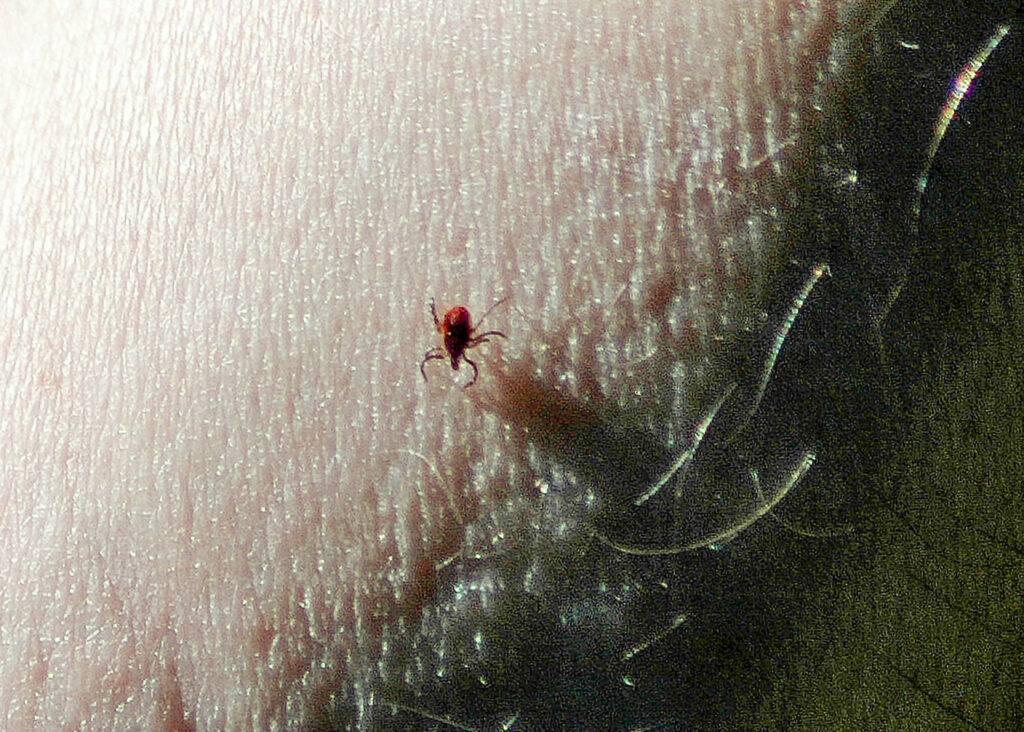
Scientists from the University of Warmia and Mazury (UWM) in Olsztyn warn against the bacterium Neoehrlichia mycurensis, which is found in Poland and is responsible for a very dangerous disease that is difficult to recognise and therefore even more difficult to treat. And ticks are to blame for everything.
Ticks transmit the microorganisms that cause Lyme disease and tick-borne encephalitis. Recently, however, scientists and doctors have another reason to call for greater caution in forests and other tick habitats.
Neoerhlichia mycurensis are bacteria that are pathogenic to humans and are vectorised by ticks. They cause severe symptoms. The problem is that these symptoms are non-specific and generalised, varying from person to person and similar to symptoms of other diseases. When infected with Neoehlichia mycurensis, patients experience high fever of up to 40 degrees C, coughing, joint pain, allergies, nausea, diarrhoea, thrombotic complications and even strokes or enlargements of the spleen and liver”, explains Dr Katarzyna Kubiak from the Department of Medical Biology at UWM’s School of Public Health.
UWM scientists who are studying Neoehrlichia mycurensis began collaborating in this area last year with scientists from the Institute of Hygiene and Tropical Diseases at NOVA University in Lisbon.









